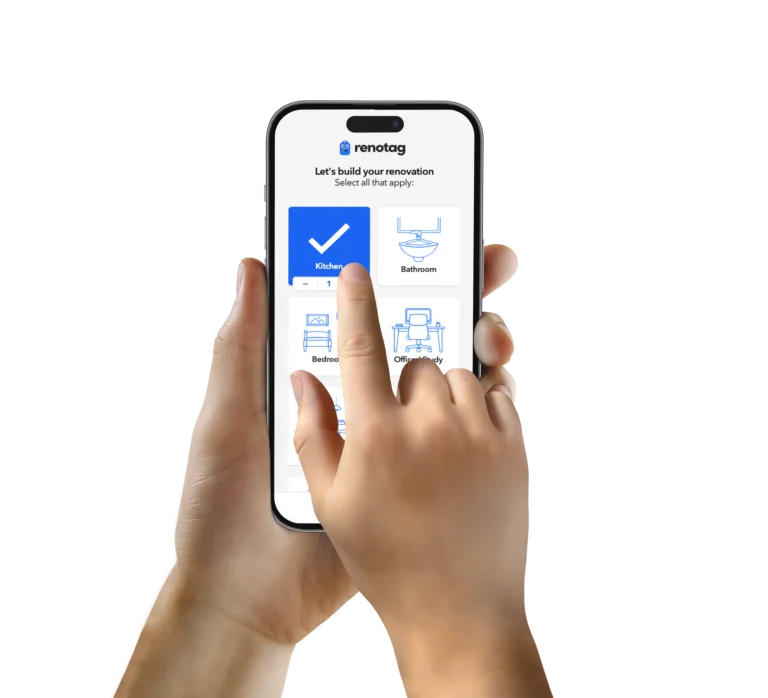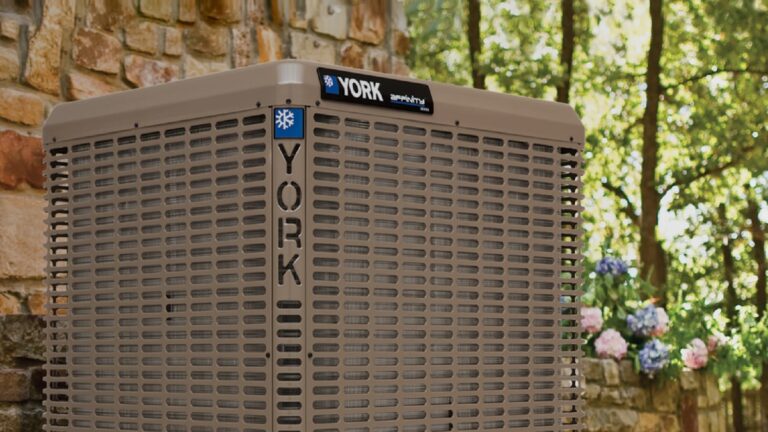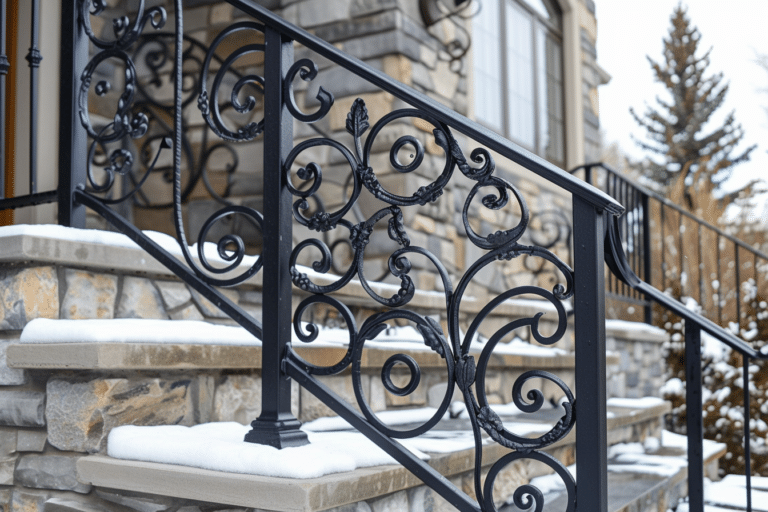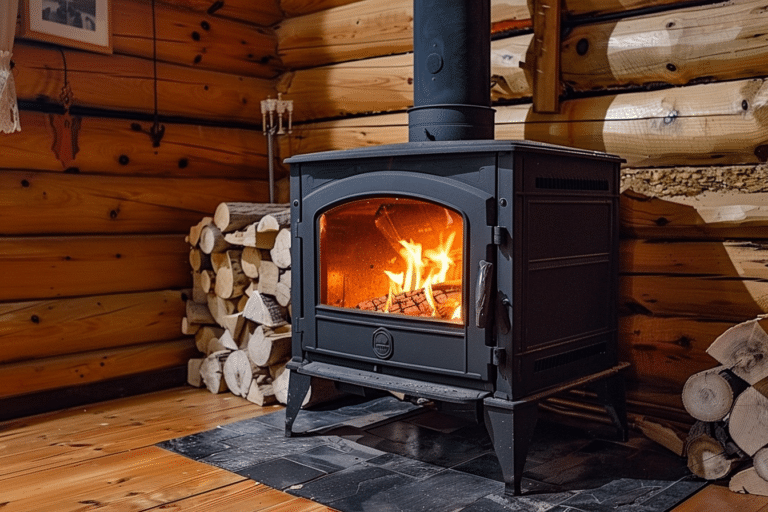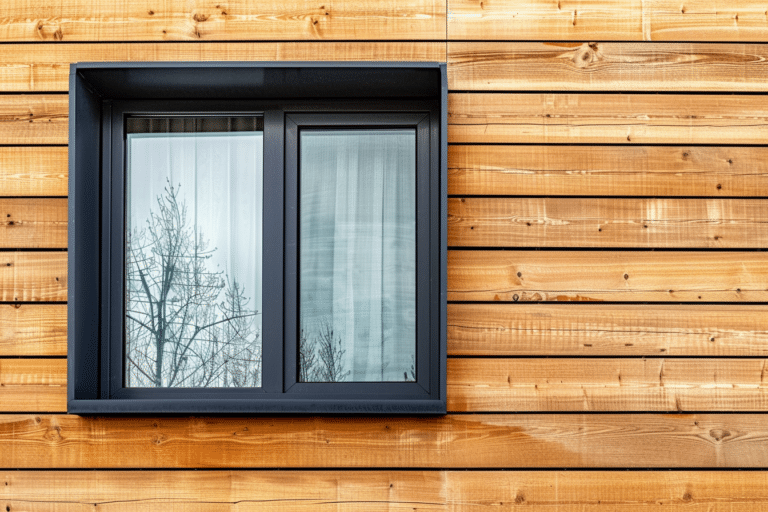Installing an HVAC zoning system can greatly enhance the comfort and energy efficiency of your home. Below, we delve into various aspects that determine the costs associated with these systems, including HVAC zoning system cost, factors influencing the price, pros and cons, and additional considerations.
Key Takeaways
| Point | Summary |
|---|---|
| Average Installation Cost | The average cost to install an HVAC zoning system ranges from $1,700 to $4,500. |
| Factors Affecting Cost | The number of zones, type of dampers, and other components like thermostats influence cost. |
| Pros and Cons | HVAC zoning can save energy and improve comfort but involves high initial costs and complex installation. |
| DIY Options | DIY zoning system kits are available but professional installation is recommended for complex needs. |
| Comparative Costs | A zoning system is generally more cost-effective than installing two separate HVAC systems. |
HVAC Zoning System Cost
The cost of an HVAC zoning system can vary based on several factors, including the number of zones and whether it is for a new construction or an existing home. Below is a table summarizing the average costs:
HVAC Zoning System Cost
| Number of zones | New construction | Existing home |
|---|---|---|
| 2-zone | $1,500 – $2,000 | $1,700 – $2,800 |
| 3-zone | $1,800 – $2,300 | $2,200 – $3,500 |
| 4-zone | $2,000 – $2,600 | $2,600 – $4,500 |
| Per additional zone | $225 – $350 | $350 – $500 |
Prices for adding zones to existing HVAC systems tend to be higher due to additional labor and modifications required.
Average Cost To Install HVAC Zoning System
Below is the average cost breakdown to install an HVAC zoning system:
| Category | Cost |
|---|---|
| National average cost | $3,100 |
| Minimum cost | $1,500 |
| Maximum cost | $8,500 |
| Average cost range | $1,700 to $4,500 |
Adding Zones To Existing HVAC Cost
The cost of adding zones to an existing HVAC system includes various components. Let’s explore the key factors affecting this expense.
Dual And Multizone HVAC Cost Factors
These components significantly influence the cost of dual and multi-zone HVAC systems:
| Component | Average cost |
|---|---|
| Multizone thermostat | $100 – $600 |
| Zone control panel | $120 – $300 |
| Zone sensors | $30 – $60 |
| HVAC zone dampers | $70 – $340 |
| Wiring | $50 – $150 |
| Fasteners, mastic, and duct sealing tape | $50 – $230 |
HVAC Zone Control System Cost
A crucial part of a zoning system is the control system, which usually consists of thermostats, control panels, and sensors that regulate temperature in each zone.
HVAC Zone Dampers Installation Cost
The type of dampers installed in your home can affect the overall cost. Here’s the average cost for different dampers:
| Type | Average cost |
|---|---|
| Dampers for round branch ducts | $70 – $180 |
| Rectangular dampers for large trunks | $150 – $340 |
HVAC Zoning Vs. Two Systems Cost
When considering zoning versus installing two separate systems, the cost differences are notable:
| Installation Option | Average Cost |
|---|---|
| HVAC zoning system | $1,800 – $5,000 |
| Two HVAC systems | $5,000 – $11,000 |
It’s more cost-efficient to opt for a zoning system, particularly for larger homes.
When To Install Forced-Air HVAC Zoning
Forced-air HVAC zoning is ideal in homes where different areas require varying temperature settings. Homes with significant sun exposure in some rooms or multi-story homes can greatly benefit from this system.
When To Install Two HVAC Systems
Installing two HVAC systems may be advisable in very large homes where zoning alone cannot sufficiently manage temperature variances. This is more common in homes exceeding 3,500 square feet.
Zoned Ductless Mini-Split Heating And Cooling System
Ductless mini-split systems offer flexible solutions for zoning in homes without existing ductwork. Here are the average costs:
| Install option | Average cost |
|---|---|
| Single-zone / one-room | $2,000 – $6,000 |
| Dual-zone / two-room | $2,500 – $8,000 |
| Multi-zone (3+) | $3,200 – $13,000+ |
DIY HVAC Zoning System Kit Cost
For those looking to DIY, zoning system kits are available but may not offer the same reliability or efficiency as professional installations. Kits typically include dampers, thermostats, and control panels, and costs range widely based on system complexity.
Pros And Cons Of HVAC Zoning
HVAC zoning systems come with several advantages and disadvantages, which are outlined below:
Pros And Cons Of HVAC Zoning
| Pros | Cons |
|---|---|
| Saves money and lowers energy bills by up to 40% | High upfront costs for initial installation or retrofitting |
| Better energy efficiency since unused rooms are not heated or cooled unnecessarily | Increased number of components make it challenging to diagnose problems |
| Convenience to adjust the temperature in every room | More points of failure due to multiple thermostats and motorized dampers |
| Enhanced comfort for everyone to enjoy their preferred temperature | Professional installation recommended for homes needing ductwork modifications |
| Improved temperature balance in rooms with more sun and heat | Current system capacity may require upgrades to support zoning |
| Longer HVAC lifespan due to reduced running cycles | |
| Reduced maintenance costs on a single-unit system |
What Is An HVAC Zoning System?
An HVAC zoning system allows you to divide your home into distinct zones, each with its own thermostat and controls. This way, different areas of your house can be heated or cooled independently based on individual comfort preferences.
How Does A 2-Zone HVAC System Work?
In a 2-zone HVAC system, dampers control airflow to each zone based on thermostat settings. If one zone needs cooling while the other does not, the system directs conditioned air only to the required zone, improving efficiency and comfort.
Is HVAC Zoning Worth It?
HVAC zoning is worth the investment for many homeowners. It offers enhanced control over home temperatures, greater comfort, and potentially significant energy savings. However, the higher initial cost may be a deterrent for some.
What Is The Best HVAC Zoning System?
The best HVAC zoning system depends on individual needs, home size, and existing HVAC setup. Popular brands offering reliable zoning systems include Honeywell, EWC Controls, and Aprilaire.
How To Zone Your HVAC System
Zoning an HVAC system involves installing dampers within your ductwork and connecting them to a control panel. Each zone is equipped with a thermostat that communicates with the control panel to regulate airflow and temperature.
Getting Quotes From HVAC Installers
Before proceeding with an HVAC zoning system installation, it’s advisable to obtain multiple quotes to ensure competitive pricing and service quality.
Questions To Ask
When getting quotes, consider asking the following questions:
- What is the total cost, including labor and materials?
- How many zones are recommended for my home, and why?
- Will any modifications be needed to my existing ductwork?
- What is the expected energy savings?
- Are there any warranties on the system and installation work?
Carefully evaluating these points will help you make an informed decision regarding your HVAC zoning system installation. For any additional guidance or to get professional quotes, feel free to reach out to us at Renotag.com.
